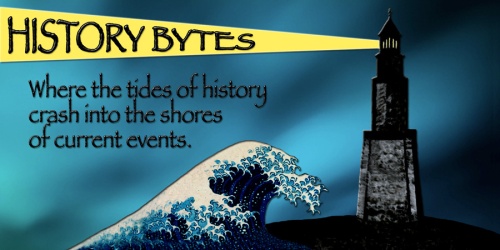Abandoned Luxor Residents set to join Egyptian revolt
A big hat-tip to Instapundit!
I had a piece earlier this week that indicated the military was poised to unleash a coup, as Morsi’s policies have caused an economic collapse. This is borne out by the news that the tour industry has completely collapsed, to the point that the gem of Egypt’s ancient history has returned to being a “ghost town”.
In Luxor, protests erupted last week when Morsy named Adel Al Khayat, a leading Gama’a Islamiyya figure, as the local governor; Al Khayat withdrew when residents barred his office door and burned tires in the street.
Many here resented his connection to the group behind the 1997 massacre. Many believe his selection reflected an Islamist assault on tourism, near collapse since Egypt’s 2011 revolution.
In the past, Hassan says, 20,000 tourists visited Luxor daily. “Now we are lucky to get 400, 500.” Only five of the normal 320 tourist cruise ships sail the Nile, according to guides.
Hassan calls out to a fellow guide, Adel Asad, to ask his opinion about the state of things. “Luxor is dead,” Asad yells back, and the ousted governor “is an idiot, like the president.”
That’s a sentiment heard often here.
A good gauge of unrest
“Morsy doesn’t understand that Egypt is too big for him,” says Aly Araby, who runs a tourist shop outside Queen Hatshepsut’s Temple, site of the 1997 massacre. With tourists all but gone, he worries, “Where will we get our food?”
He predicts “all the people in Luxor” and nearby villages will join the protest on Sunday.
In a 2½-hour televised speech on Wednesday, Morsy conceded some mistakes, suggested amending a controversial 2012 constitution and criticized his opponents.
Yet, as Sunday nears, the growing division — and impact — of his yearlong presidency can be seen, heard and felt everywhere.
Soldiers are deployed in many cities. Traffic is snarled in long lines as fuel supplies evaporate. Electrical blackouts, rising food prices and lawlessness intensify the public rage and alarm.
Luxor is a good gauge of how such unrest has surged, because it has rarely witnessed protests.
During the 2011 revolution, tour guide Ahmed Kareem formed a small group to oppose then-dictator Hosni Mubarak. But “whenever a tour bus came, we would put our signs down and wave at the tourists,” says Kareem, 37, a leader of the local guides’ syndicate.
Last week, hearing rumors of a Brotherhood attack, anti-Al Khayat protesters grabbed sticks and metal poles and went looking for a fight.
Ashraf Ahmed, head of a Luxor shopkeepers’ syndicate, says “the biggest mistake of my life” was voting for Morsy in 2012’s presidential election.
As he walks past empty tourist-bazaar stalls, another man says people “want the downfall of the beards” — meaning Islamists, who typically are unshaven.
Ahmed, 41, believes Morsy and the Brotherhood hate tourism. “We will fight with them until they die,” he vows.
To understand the magnitude of this “man-made disaster”, consider that Luxor is the gateway to some of the most famous of all ancient Egyptian historical sites. A small sampling of the 45 key areas of interest should be familiar to my Egyptophile readers:
Temple of Karnak: The temple of Karnak was known as Ipet-isut (Most select of places) by the ancient Egyptians. It is a temple complex, where pharaohs built for over 2000 years. (Note – The ancient Temple of MUT is in this complex)
Temple of Medinat Habu: The great mortuary temple of Ramses III dominates the site at Medinat Habu. Second in size only to Karnak, the main pylon and well-preserved wall carvings record military.
Valley of the Kings: Luxor is the Gateway to the Valley of the Kings. The Valley of Kings is the ancient burial ground used by the Pharoahs and dignitries from the 18th to the 20th dynasties. Among 63 royal tombs is the famous Tomb of Tutankhamun.
Colossi of Memnon: Two enthroned statues of Amenhotep III, each soaring more than 60 feet into the sky, are the first monuments visitors see upon arrival at the West Bank. Standing sixty feet high
To go on a tour of Egypt and not go to Luxor is possible. However, it would rather be like someone who adores France goes there and does not visit the Louvre, Norte Dame, Versailles, or wine country.
The word “inconceivable” comes to mind.
Small wonder the Luxor natives are pissed that a man connected with the 1997 slaughter at the Mortuary Temple of Hatshepsut at Deir el Bahari now in governor of that area.





It’s sad to see how youths have destroyed all of this. I mean, it is a bunch of youths, isn’t it?
If by “youth,” you mean “out of control violent islamist criminals” my guess would be yes.
[…] Museum on Tahrir Square from those seeking to damage or steal its priceless contents. The citizens of Luxor joined the most recent protests after ousted president Mohamed Morsi made a man connected with the 1997 slaughter of tourists at the […]